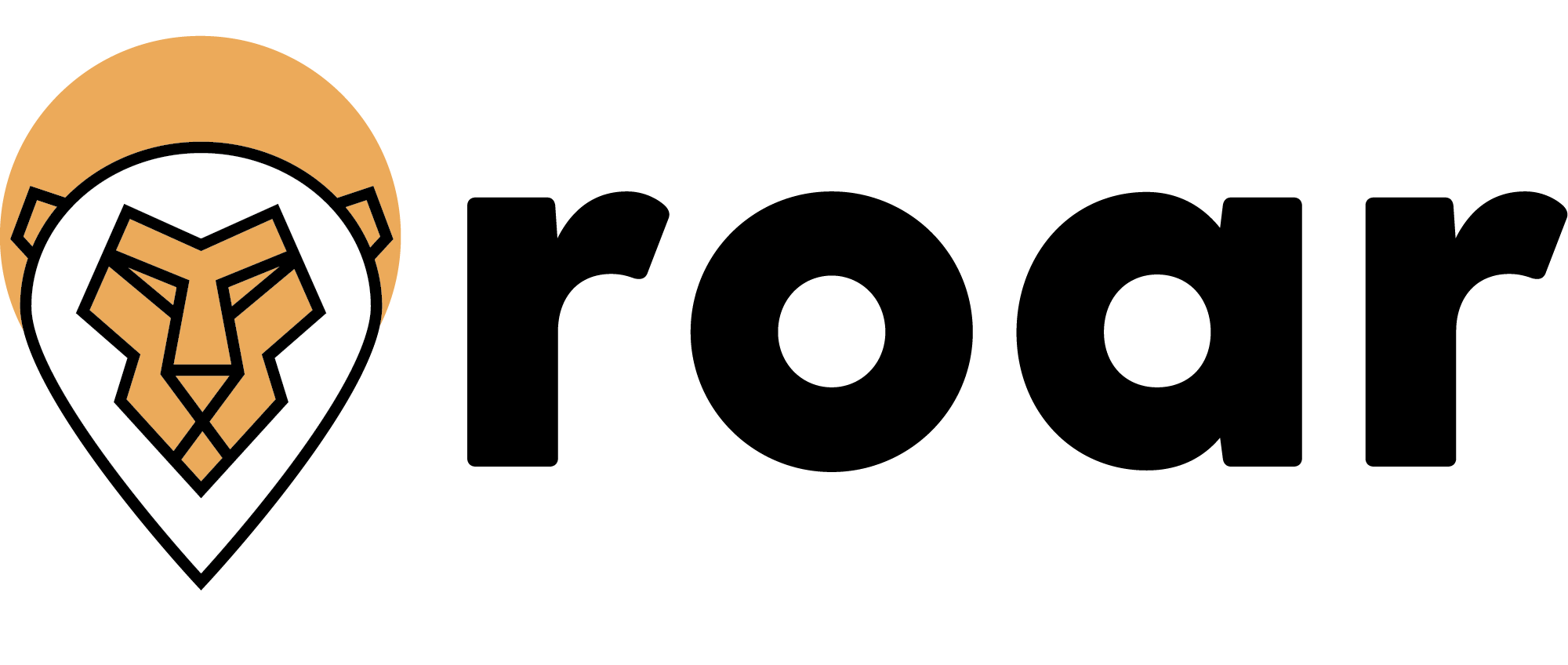Defining Branding
Most people think about logos, websites, fonts, and colors when they hear the word branding. At Roar, we use Marty Neumeier’s definition, “A Brand is a person’s gut feeling about a product, service, or company.” Consequently, branding is the evolution of a customer’s emotional connection and perception they create about a brand. One of the most common questions we encounter in our initial client meetings is, “Why should I invest in branding?” Our response is that if you are running a business you are already investing in branding, but without a strong, intentional strategy. We believe that companies who invest in branding, the process that influences the gut feelings of their customers, will increase their competitive advantage, yield stronger brand loyalty, and generate higher revenue.
Top-Down Branding
In most cases this is what comes to mind when we hear the word branding. For the most part, people think about the visual representation of a brand’s products or services. Logos, website, video content, imagery, typography are a few of the more common elements of top-down branding. However, this would also include a brand’s strategy, messaging, communication platforms, customer experiences, events, and a whole host of other engagements. Simply put, if the company can control it and use it to connect with customers then is it is top-down.

Photo by St James Studio on Unsplash
A Brand is a person’s gut feeling about a product, service, or company.
Bottom-up Branding
This part of branding is often confused with the term ‘customer engagement’, but even then this classification doesn’t create a complete picture. Customer engagement models typically still assume a business’s ability to control the outcome of a customer’s engagement. Bottom-up branding is completely out of a business’ control. It is the unintended touch points that create gut-feeling in a customer’s interaction. How does a representative respond to a customer? What happens when you are not listed as a preferred vendor? What do you do when strategic assumptions are made that are actually counter to the business’ strategic goals? If your customers can create a perception that isn’t in your control, then this can be identified as bottom-up branding.
Competitive Branding
Your positioning in the market place is the third layer of branding that creates perceptions. Are you positioned to be an aspirational brand or peripheral brand? How do you communicate your differentiation or unique value? Most importantly, do you know who you compete with? If you are experiencing and are aware of the pressure to stay relevant you are actively engaging your competitive branding.
Being Intentional
Businesses are actively building a brand at all levels whether they are intentional about it or not. We believe that businesses who invest in the process of managing their influence are positioned to be market leaders. They will be more agile to adapt to customer feedback. They will be more consistent in message and present clear and focused value to the people they serve.
Questions To Consider
- When was the last time your business evaluated the effectiveness of your top-down brand assets and experiences?
- What strategic documents do you use to provide unity in vision and mission to your employees and customers?
- How do you capture and assess feedback from customers?
- Can you visualize your journey in a way that can mitigate negative bottom-up experiences?
- What brands are you competing against and what key performance indicators are you using to determine your market share?
- How do you differentiate your value through messaging and advertising?
